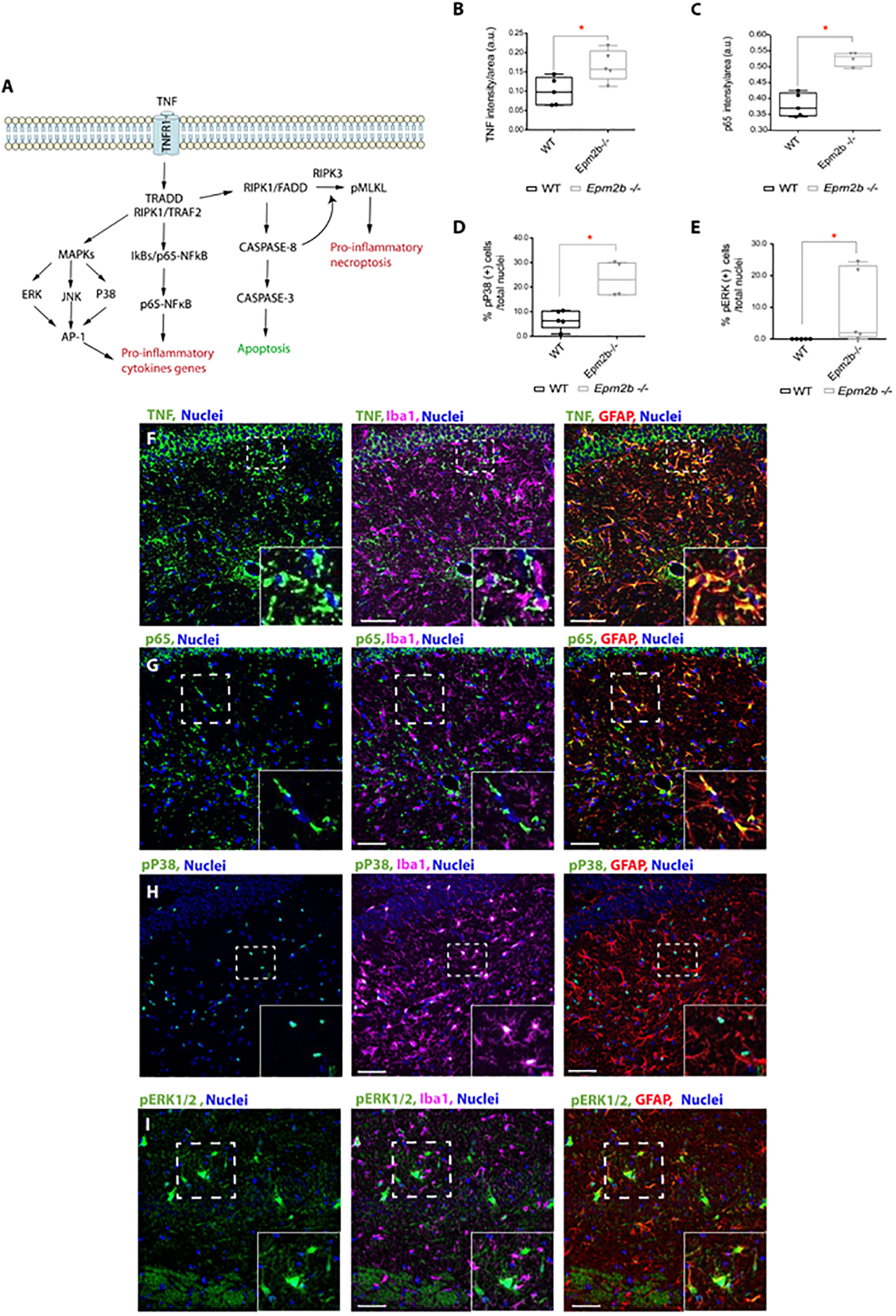Figure 1: TNF is a master upstream regulator of the p65-NFkB and MAPKs inflammatory pathways in 16 months-old Epm2b−/− mice.

(A) Schematic representation of TNF-dependent inflammatory pathways. (B-E) The levels of TNF, p65-NFkB (p65), phospho (Thr180/Tyr182)-P38 (pP38) and phospho (Thr202/Tyr204)-ERK1/2 (pER1/2) proteins were analyzed by immunofluorescence in hippocampus from 16-month-old Epm2b−/− and wt mice. Quantification of the intensity signal for TNF (B) and p65 (C), or the percentage of positive cells for pP38 (D) and pERK1/2 (E), referred to the total nuclei in the RLM+MoDG area from each genotype is indicated and represented as arbitrary units (a.u.). Results are expressed as median with a range of five independent samples including male and female mice from both genotypes. The differences between the two groups (wt and Epm2b−/− mice) were analyzed by Mann-Whitney non-parametric t-test. P-values have been considered as *p<0.05. (F-I) Representative confocal images of the immunofluorescence analyses of the RLM+MoDG area from 16-month-old Epm2b−/− mice using anti-GFAP (red), anti-Iba1 (magenta), and (F) anti-TNF (green), (G) anti-p65 (green), (H) anti-phospho-P38 (green) or (I) anti-phospho-ERK1/2 (green) (See Supplementary Table S1). Nuclei (blue) were stained with DAPI. The scale bar, shown in the merged images (central and right panels), corresponds to 25μm. A squared dashed line indicates the area that is magnified.
